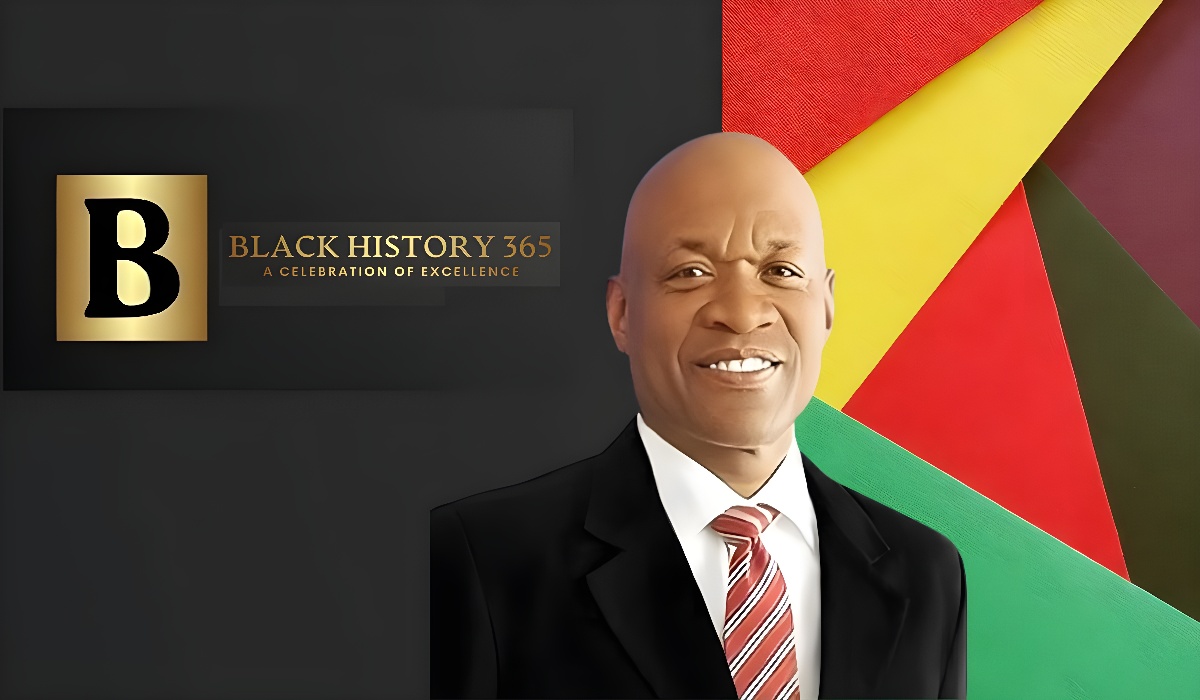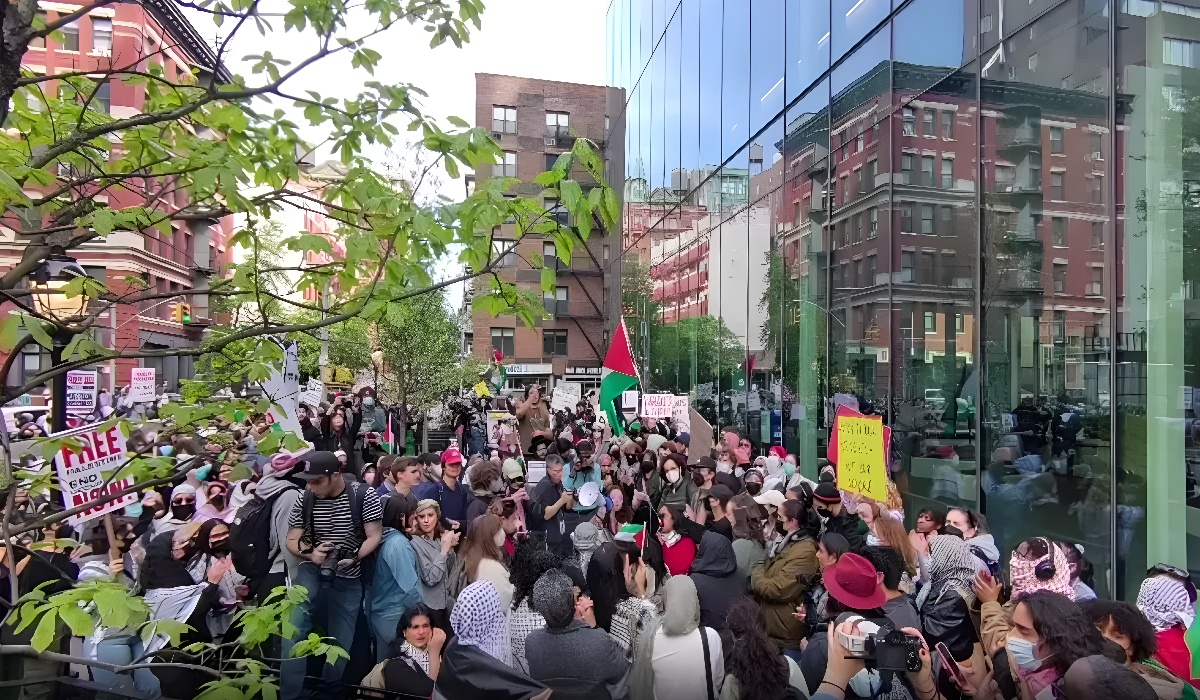Political polarization across America continues to reach new heights, particularly within the GOP, where some members have taken a sharper turn towards extreme rhetoric and actions. This has now become a dangerous norm for prominent GOP figures, with a focus on the far more radical elements, engaging in consistent and meticulous talks of a potential civil war. This discourse is frequently accompanied by a display of firearms, often with the explicit declaration that they are prepared to employ these weapons to defend the nation. As we delve into this complex topic, it becomes evident that such rhetoric is deeply concerning, as it not only capitalizes on the malleability of certain minds but also perpetuates a narrative of division and hate that threatens the very fabric of our society.
One of the most striking aspects of this trend is the insidious way in which elected officials sow seeds of division. The events of January 6th, a day marred by violence and insurrection at the U.S. Capitol, serve as a stark reminder of the power of inflammatory rhetoric. Hate and division can be rapidly disseminated through various mediums, effectively taking root in the minds of those susceptible to manipulation. By engaging in rhetoric that evokes the specter of a civil war, these officials appeal to a sense of nationalism and loyalty to the country, exploiting the emotions of their followers.
This divisive discourse has ripple effects that extend far beyond the realm of politics. Just as mass shootings and racial crimes have devastating consequences, the rhetoric propagated by these elected officials can contribute to an atmosphere of hostility and potential violence. The implications of their words are magnified by their positions of power, and their ability to reach a vast audience through both traditional media and social platforms cannot be underestimated. As each day passes, the consistent watering of these seeds of hate guarantees their growth and spread, ultimately influencing public perception and exacerbating existing divisions.
The Second Amendment of the U.S. Constitution grants citizens the right to bear arms, albeit in the context of a well-regulated militia. This seemingly straightforward blurb has fueled countless debates over the years, with strong arguments on both sides of the gun control issue. However, it’s important to recognize that the intent of the Second Amendment was not to arm individuals against their own government but rather to ensure the ability to defend the nation collectively.
Elected officials who brandish firearms and proclaim their readiness to use them to defend the country distort the original intention of the Second Amendment. This symbolic gesture serves to polarize the nation further, suggesting an impending conflict between citizens and their government. While some may view this as a display of patriotism and a commitment to safeguarding freedom, it’s essential to consider the implications of this rhetoric in the broader context of political discourse.
One of the most troubling aspects of this trend is that it places law enforcement officials in a difficult and potentially dangerous position. The same elected officials who stoke the flames of division and armed conflict rely on law enforcement to protect them in times of crisis. The contradiction is glaring: these officials are willing to put those responsible for their safety in harm’s way while disavowing the institutions meant to maintain peace and order.
In a nation that prides itself on unity and pursuing a more perfect union, the current climate of division is deeply disheartening. The norms established by some GOP members, particularly the more radical factions, pose a significant threat to the cohesion of society. The rhetoric surrounding a potential civil war, coupled with the overt display of firearms, only exacerbates tensions and deepens divides. As responsible citizens, we must remain vigilant against such narratives, promoting open dialogue, understanding, and a commitment to resolving differences through peaceful means. The United States may be united in name, but true unity requires a rejection of divisive ideologies and a collective effort to bridge ideological gaps.









